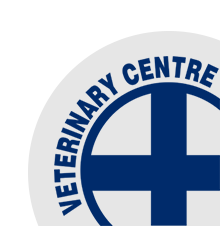Sudden Death
/Recently we have had some post mortem investigations of sudden death; causes of death have been identified:
Listeriosis:
Ewes becoming ill and down after being fed silage, these ewes presented very unwell with diarrhoea. A post mortem found inflamed intestines and a uterine infection after abortion. The pathogen identified was listeria
monocytogenes.
Important Factors:
Listeria is present in silage which has been contaminated or exposed to the environment increasing silage PH.
The edges of silage pits are most at risk of contamination.
Listeria can cause nervous signs (circling, blindness, star-gazing), abortion and diarrhoea but not usually at the same time, all presentations can lead to death.
Silage can be tested for listeria if there are concerns about its quality.
Superphosphate Poisoning:
Sheep were off feed, uncoordinated and eventually became recumbent and died after grazing a paddock which had recently had fertiliser application.
Important factors:
Pregnant and lactating Ewes in late winter/spring
Grazing paddocks within 1 week of applying fertiliser especially in fine weather
Hungry sheep grazing short pastures
Can present similar to milk fever and respond to calcium temporarily
Nitrate Poisoning:
A dead R2 found in a kale paddock, with others were acting drunk, had difficulty breathing and a few were recumbent. Diagnosis was made of nitrate poisoning; some recumbent cattle treated with methylene blue rapidly responded.
Important factors:
Risk Period: low light (overcast), low temp, plant damage e.g. frosts, drought or after fert application
Risk Crop: new permanent pasture (ryegrass), brassicas (turnips, kale, rape), cereal grasses e.g. green oats
Critical factor is amount of nitrate consumed and how fast.
Prevention: Don’t put hungry animals on risky crops and test risk crops nitrate levels.
Nitrogen testing kits are available to purchase or we can run the nitrogen test
for you before grazing potentially risky crops.









